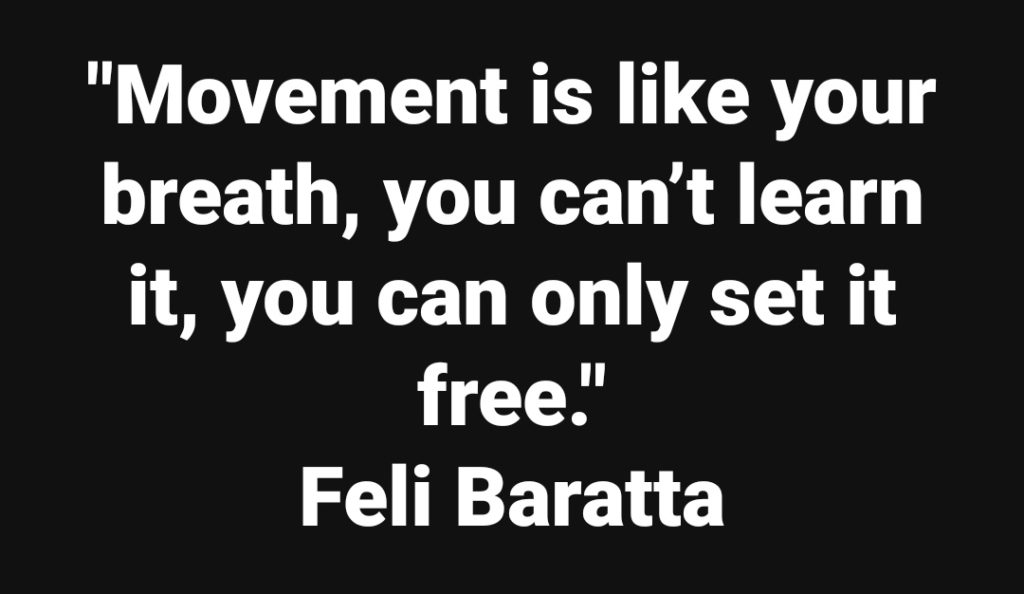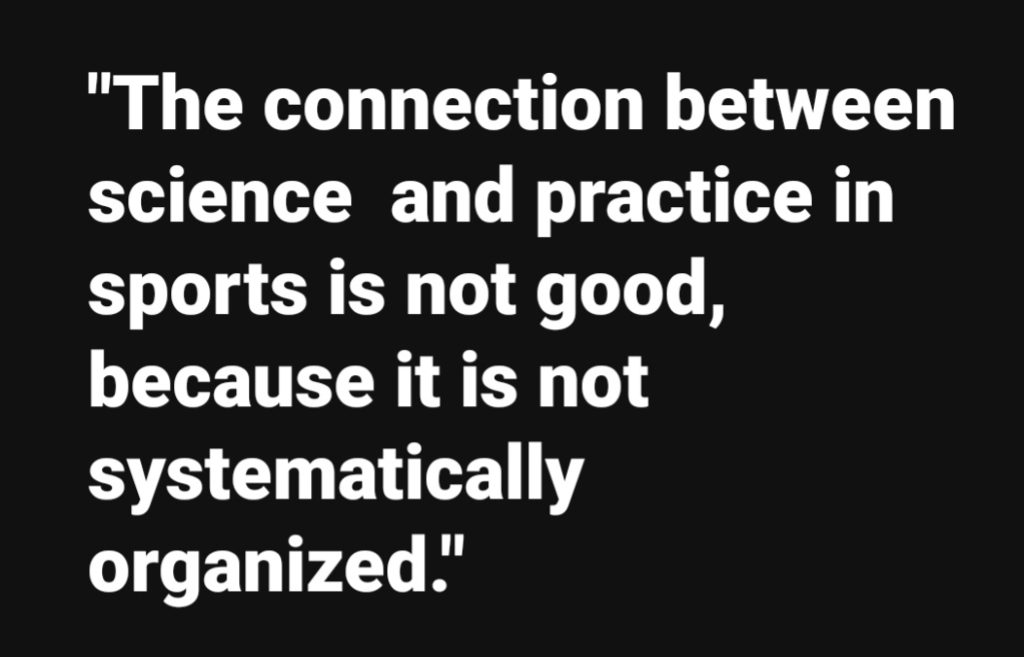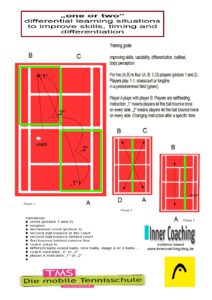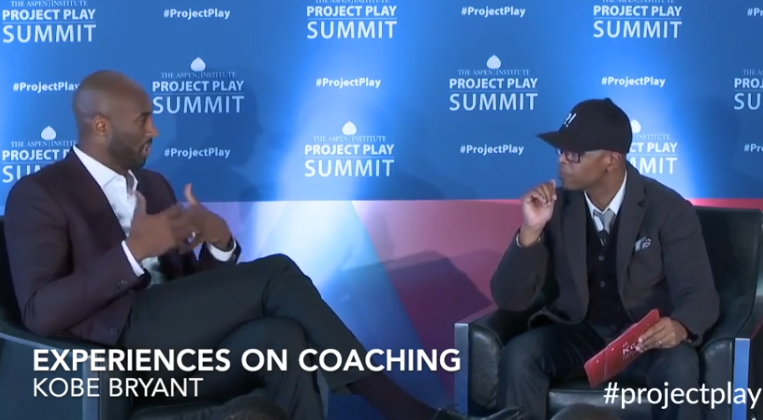Archiv für den Monat: Januar 2019
Set it free

Science and practice

Keep girls in…
„While we still have a long way to go in terms of gaining gender equality and keeping more females in the game, forward-thinking innovators like Jo Ward certainly bring us one large step forward in the right direction. „
One or Two
Another practice example for differential learning. The instruction that players have to let the ball „once“ or „twice“ changes the perception and provokes a wider range of speed and distance. Following the instructions means to varify racketspeed and technique.
We practice one of the described drills only once or twice in a trainingseason. In the following training sessions we play at best variations (repetition without repetition!).
Thousand and one ways….
There is a lot of talk about „differential learning“ (DL) on this blog. There are now numerous studies and testimonials that this approach to motor learning has advantages over technology-based learning: more effective, more sustainable, more stress-resistant, more creative. In the DL, no specifications are made about the „correct technology“. Therefore, in tennis training, we also speak of „developing technology“ and no longer „learning and teaching technology“.
By constantly varying the task, as many possible solutions as possible for the impact technique to be developed should be offered. There are even offered movements that are actually outside the known solution space („error“). From this broad spectrum, players seek out the appropriate individual movement solutions. This movement solution is not explicitly specified, as in traditional technology lessons. It is therefore a special phenomenon for players who have developed their technique in DL, that they can not describe their movement, their individual technique, as a rule. They act, colloquially expressed, „intuitively“.
These movement tasks can be offered in drills (throw, play out of basket or play with the partner). Of course, they are also part of games. Because of the demonstrable advantages of playful and close-to-the-game learning, the DL should also be installed as often as possible in game forms.
Get out of the way….
„Get out of the way, observe, listen and guide!“ Kobe Bryant in a short interview about coaching kids in sports. „Give them the tools to fish and let them fish!“
Tausend und ein Wege…
Auf diesem Blog ist viel von „Differentiellem Lernen“(DL) die Rede. Es gibt mittlerweile zahlreiche Studien und Erfahrungsberichte, dass dieser Zugang zum motorischen Lernen Vorteile gegenüber einem technikorientierten Lernen hat: effektiver, nachhaltiger, stressresistenter, kreativer. Im DL werden keine Vorgaben über die „richtige Technik“ gemacht. Wir reden deshalb im Tennistraining auch von „Technik entwickeln“ und nicht mehr von „Technik lernen und lehren“.
Science based or arbitrariness
I am very divided. It certainly seems presumptuous to question the training practice of successful coaches. On the other hand, I am aware that numerous factors are responsible for the athlets success. Methods and didactics of tennis training are only one component among many. But would’nt it be more responsible to the players, if such successful coaches would coach to their obvious strengths even more evidence-based? The following is my answer on the discussion on Tennis.Haus.
Game based approach – a review
A Review of the Game-Based Approaches to Coaching Literature in Competitive Team Sport Settings
Paul Kinnerk, Stephen Harvey, Ciarán MacDonncha & Mark Lyons have reviewed various studies on Game-based Approach in Sports (GBA). The review of the literature on game-oriented learning in competition and team sports shows that the GBA supports the development of athletes in decision-making and tactical creativity. Thanks to Chris Lewit who drew my attention to this article.

